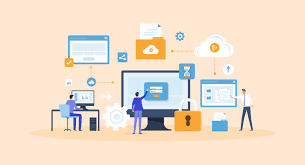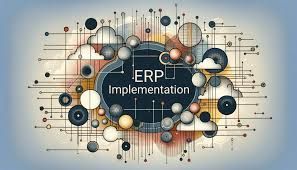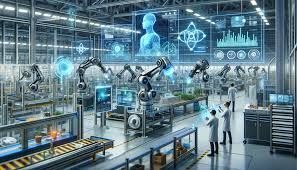Data-Driven Decisions: From Intuition to Intelligent Operations with Digital Twins
In today's fast-paced business environment, making informed decisions is crucial for staying competitive. Traditional decision-making often relies on intuition and experience, which, while valuable, can sometimes lead to suboptimal outcomes. Enter digital twins—virtual replicas of physical assets, processes, or systems that enable businesses to transform their decision-making processes through data-driven insights.

The Power of Digital Twins in Decision-Making
Digital twins integrate real-time data from sensors, IoT devices, and other sources to create a dynamic, living model of a physical system. This model continuously updates to reflect current conditions, providing a comprehensive view of operations. By leveraging these insights, businesses can replace guesswork with precise, data-driven strategies.
Optimizing Production Plans
One of the significant benefits of digital twins is their ability to optimize production plans. Traditional methods often rely on historical data and static models, which can lead to inefficiencies. Digital twins, on the other hand, provide a real-time view of production processes, allowing businesses to simulate various scenarios and identify the most efficient production paths. This not only reduces waste but also enhances productivity and profitability.
For example, a manufacturing company can use a digital twin to simulate the impact of different production schedules on output, resource utilization, and energy consumption. By analyzing these simulations, the company can develop a production plan that maximizes efficiency while minimizing costs and environmental impact.
Enhanced Resource Allocation
Resource allocation is another area where digital twins can make a significant impact. In many organizations, resources are allocated based on historical data and intuition, leading to imbalances and inefficiencies. Digital twins provide a real-time view of resource usage and availability, enabling businesses to allocate resources more effectively.
With digital twins, companies can monitor the status of equipment, workforce, and materials in real-time. This allows them to adjust resource allocation dynamically, ensuring that the right resources are available at the right time. For instance, in a logistics company, a digital twin can help optimize the allocation of vehicles and drivers, reducing idle time and improving delivery times.
Driving Overall Business Performance
Beyond production and resource allocation, digital twins play a crucial role in enhancing overall business performance. By providing a holistic view of operations, digital twins enable businesses to identify bottlenecks, predict potential issues, and implement proactive strategies. This leads to improved operational efficiency, reduced downtime, and better customer satisfaction.
Moreover, digital twins facilitate collaboration across departments. By providing a single source of truth, they enable different teams to work together more effectively, aligning their efforts towards common goals. This collaborative approach fosters innovation and drives continuous improvement across the organization.
Conclusion
In the age of digital transformation, businesses cannot afford to rely solely on intuition and experience. Digital twins offer a powerful tool for making data-driven decisions, transforming how companies operate and compete. By leveraging the insights provided by digital twins, businesses can optimize production plans, enhance resource allocation, and drive overall performance, positioning themselves for long-term success in a rapidly evolving market.









